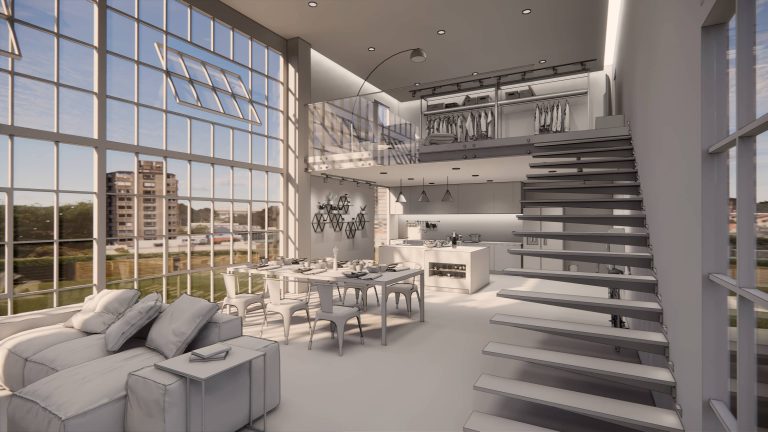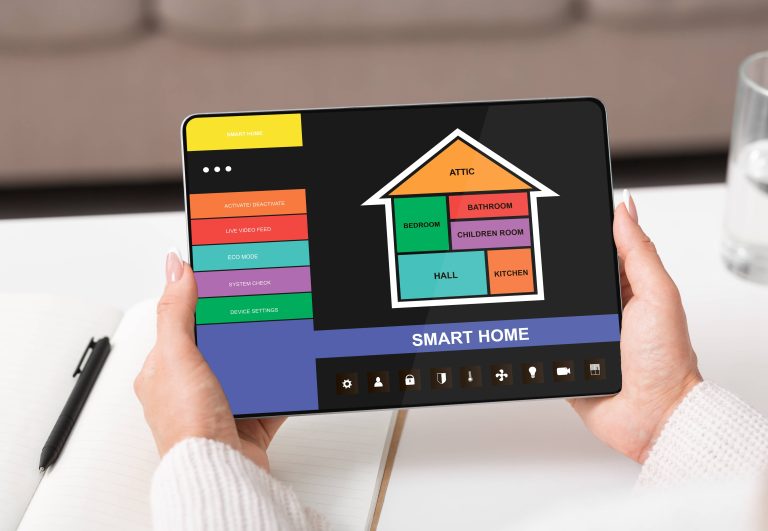
In today’s world, the ascendancy of smart home technology is unmistakable. The comfort and convenience brought by automation within our homes are features we’ve come to appreciate, but there’s another facet to embrace—sustainability. As we strive for methods to reduce our carbon footprints and conserve natural resources, leveraging smart home technology provides effective paths toward a greener future. Here’s how automating your home can play a pivotal role in fostering sustainability while enhancing entertainment and comfort.
Smart Thermostats: The Heart of Home Energy Efficiency
One of the most impactful ways to make your home energy-efficient is by installing a smart thermostat. Unlike traditional thermostats that simply maintain a set temperature, smart thermostats adapt to your lifestyle. They learn when you’re home, when you’re away, and adjust the heating and cooling accordingly. The result? Significant savings on energy bills and a reduced carbon footprint.
Advanced models also provide insights into your energy consumption, allowing you to make informed decisions about your heating and cooling settings. Many smart thermostats can be controlled remotely via smartphone apps, ensuring your energy usage is optimized, even when you forget to make adjustments before leaving home.
Intelligent Lighting: Bright Pathways to Energy Conservation
Smart lighting systems contribute significantly to a greener home. By replacing traditional light bulbs with LED or smart bulbs, you considerably diminish energy consumption. Smart bulbs integrate with home automation systems, offering features such as scheduling, dimming, and motion detection.
For instance, you can set your lights to turn off automatically when no one is in the room or adjust the brightness based on the time of day. This not only conserves energy but can also enhance your home’s ambiance to fit different activities, whether hosting a movie night or winding down after a long day.
Energy Monitoring: Insight into Consumption
To truly understand and reduce your home’s energy consumption, consider integrating an energy monitoring system. These systems provide real-time data on how much energy each appliance or device consumes. With these insights, homeowners can identify which devices are energy hogs and make informed choices, from upgrading to more efficient models or adjusting usage patterns.
In some cases, energy monitors can automatically adjust settings on compatible devices to conserve energy, such as tweaking HVAC settings or delaying certain appliances’ operations to off-peak hours.
Automation for Sustainable Water Use
Smart home technology also extends to water conservation, an increasingly critical component of environmental sustainability. Smart irrigation systems utilize weather data and sensor inputs to ensure watering schedules are optimized, preventing waste and ensuring your garden remains lush without excessive water use.
Furthermore, smart showerheads and faucets equipped with sensors control water flow and temperature, reducing unnecessary use. Additionally, these devices often come with usage data feedback, helping you to cultivate more responsible water habits.
Smart Appliances: Energy Efficiency in Every Room
Today’s smart appliances are designed with energy efficiency in mind. From refrigerators to washing machines, each device contributes to a greener home by operating more efficiently than their non-smart counterparts. With smart washing machines, you can often schedule loads to run during off-peak hours, reducing energy costs and strain on the grid.
Smart refrigerators provide alerts when it’s time for maintenance or when doors are left open, ensuring minimal energy waste. Not to mention, smart ovens and dishwashers can be activated remotely, allowing you to manage energy use even when you’re not at home.
Integration with Renewable Energy Sources
One advanced method of ensuring a greener tomorrow is integrating your smart home with renewable energy sources like solar panels. Smart home energy management systems can effectively leverage the generated energy, optimizing its use and reducing reliance on conventional energy sources.
When integrated correctly, these systems prioritize clean energy use and store excess power for later or redirect it back to the grid, enhancing your home’s eco-friendliness and potentially generating savings on your energy bills.
Smart Entertainment Systems: Power Efficiency with Enjoyment
Smart entertainment systems are not typically the first products considered when discussing energy efficiency; however, they contribute significantly to home energy consumption. With smart technology, devices like TVs, speakers, and gaming consoles can enter low-power modes automatically or be shut down entirely when not in use.
Moreover, centralized control through smart hubs or assistants ensures these devices operate efficiently, thus enhancing comfort and reducing unnecessary power use. Enjoy your entertainment guilt-free, knowing it’s not overly impacting your energy consumption.
Making the Leap: Tips for Starting Your Green Home Automation Journey
1. Prioritize: Begin with high-impact changes such as installing a smart thermostat or switching to LED bulbs.
2. Invest Wisely: Choose devices that integrate with other systems for a cohesive approach.
3. Educate Yourself: Understand your energy consumption patterns and how automation can help optimize it.
4. Explore Incentives: Many governments offer rebates and incentives for upgrading to energy-efficient appliances.
5. Stay Updated: Follow emerging technologies and updates to get the most out of your smart home investments.
The promise of a greener future lies within our homes. By embracing smart home technology, not only do we enhance our living spaces with comfort and entertainment, but we also take actionable steps toward sustainability. Begin your journey today, and let your home not just be smart, but sustainably so.







